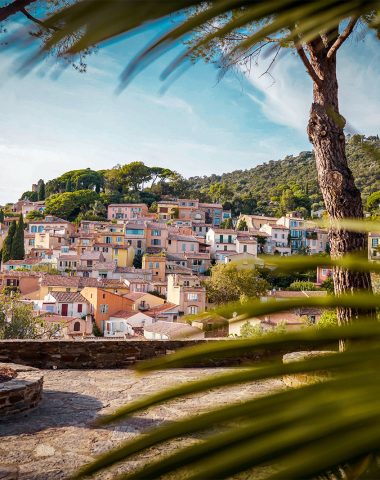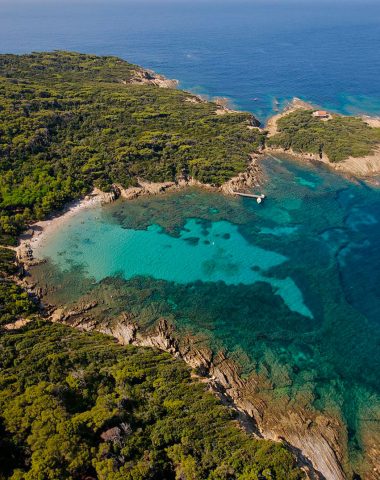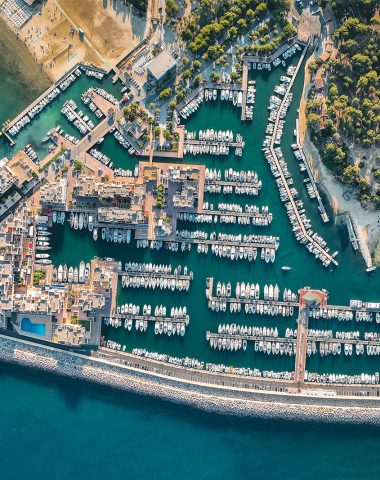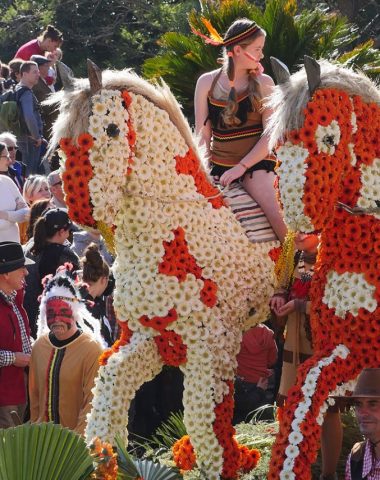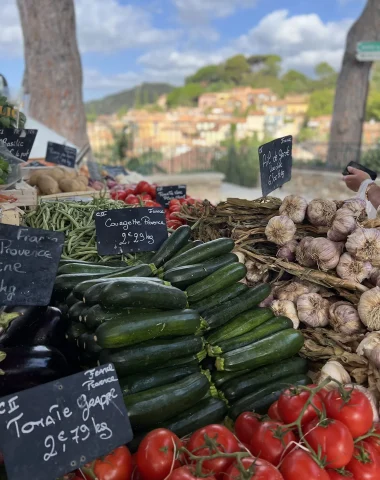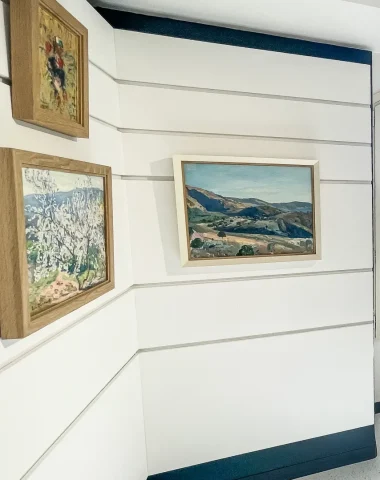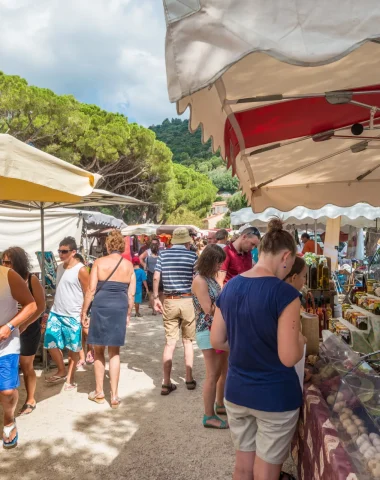Embark on a captivating journey along the Chemin des Sages, a project born from a visionary gathering of the Conseil des Sages, composed of wise individuals aged 60 and above, carefully chosen by local councilors for their wealth of experience. Inspired by the core principles of our Republican motto “Liberté, Égalité, Fraternité,” the council sought to breathe life into these ideals in the town of Bormes.
The Concept Takes Flight
A groundbreaking idea emerged during the council’s meeting—to adorn the town with phrases from renowned men and women, celebrated worldwide for their wisdom and humanism. The goal was to ignite the conscience of both passers-by and tourists, fostering a deeper connection with these universal values. To gain the support of the Mayor and the Council, the decision was made to integrate this pathway with the installation of historical plaques on the town’s iconic monuments. The members of the Conseil des Sages then meticulously designed the route through the medieval village and dedicated themselves to creating the perfect support, texts, images, and symbols for these plaques.

The butterfly, symbolizing joy, beauty, grace, and lightness of being, was chosen as the emblem of the project. Its transformative journey mirrors the essence of personal growth and rebirth. Just like the butterfly, we too experience different stages in life—a profound metamorphosis that allows us to release our past and embrace the beauty of who we’ve become. Symbolizing wisdom, the butterfly becomes a boundless source of inspiration. Beneath its delicate exterior lies an unwavering strength. Despite its ephemeral lifespan of a few days or weeks, the butterfly brings joy and exuberance through its graceful flight, fully savoring every moment that nature presents. Let us, like the butterfly, fearlessly embrace the experiences life offers us, both good and bad, knowing that they are fleeting. After all, our past experiences provide the best preparation for the future, allowing us to tread life’s paths with serenity.
Biography of Victor Hugo
Victor Hugo, a literary titan and a force to be reckoned with, left an indelible mark on French literature and the struggles of his time.
Born on February 26, 1802, in Besançon, he graced the world with his genius until his passing on February 26, 1885, in Paris. Renowned as one of the greatest writers in the French language, he was not merely a wordsmith but also a political figure and a passionate intellectual who played a pivotal role in shaping the ideologies of his era. Victor Hugo’s presence looms large in the annals of 19th-century French literature.
As the youngest of three sons, Victor Hugo was born into a family with a notable lineage. His father, Léopold, served as a general in the Napoleonic Empire. Even during his formative years at the illustrious Lycée Louis-le-Grand, the young Hugo displayed a clear vision of his future. At the tender age of 14, he declared, “Je veux être Chateaubriand ou rien” (“I want to be Chateaubriand or nothing”).
On October 12, 1822, Victor Hugo tied the knot with Adèle Foucher, a childhood friend. Their union blessed them with five children, but tragedy struck their lives when their eldest daughter, Lépoldine, met a heart-wrenching demise, drowning in the Seine in 1843. While his wife found solace in the arms of Sainte-Beuve, Hugo sought comfort in the embrace of a certain Juliette Drouet, becoming his devoted mistress. The writer’s adventurous spirit led him into various romantic escapades, including his dalliance with Léonie d’Aunet.
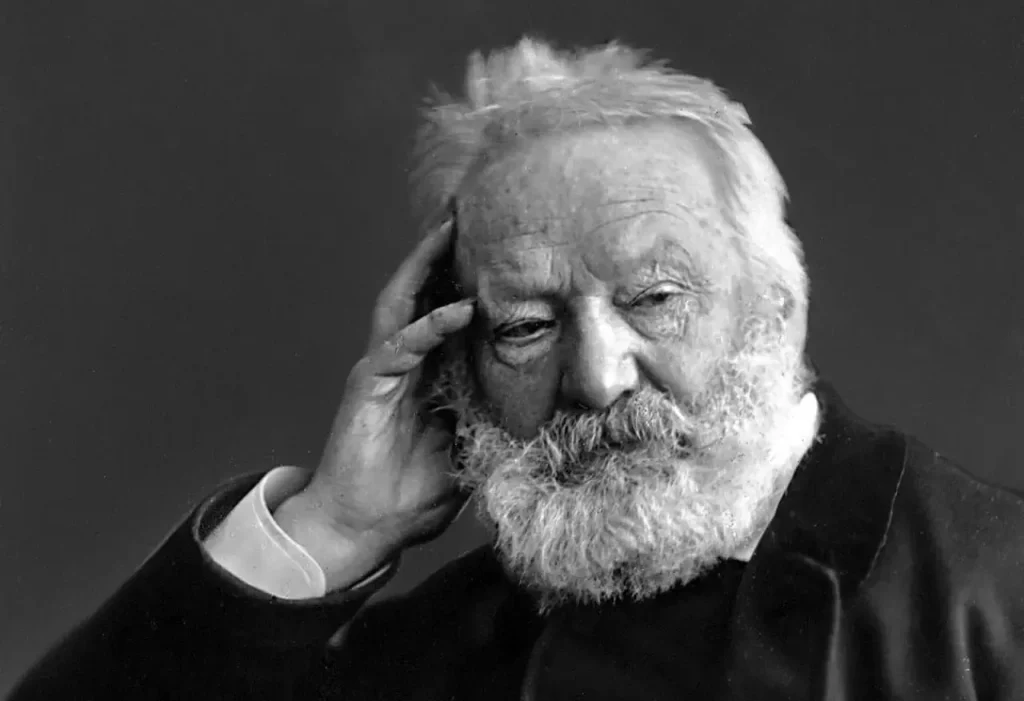
In the realm of theater, Victor Hugo emerged as a vanguard of French Romanticism. Through his plays, he presented his revolutionary vision of Romantic drama, with prefaces that served as veritable manifestos. Works such as Cromwell (1827) and Hernani (1830) embodied this vision, and his other dramatic masterpieces, including Lucrèce Borgia (1833) and Ruy Blas (1838), further solidified his prominence. As a poet, he graced the world with numerous collections of lyric verses, among them the acclaimed Odes et Ballades (1826), Les Feuilles d’automne (1831), and Les Contemplations (1856). Not one to shy away from using his pen as a weapon, Victor Hugo fiercely condemned Napoleon III in Les Châtiments (1853), while his epic poem, La Légende des siècles, unfolded over the course of its publication from 1859 to 1883. His literary prowess extended to the realm of novels, capturing the hearts of readers with works such as Notre-Dame de Paris in 1831 and the timeless masterpiece Les Misérables in 1862.
Beyond his extensive literary accomplishments, Victor Hugo also delved into political writings, speeches, travel accounts, collections of notes and memoirs, literary commentaries, and even made contributions to photography and interior design, amassing a multifaceted oeuvre.Deeply engaged in public discourse, Victor Hugo served as a member of parliament during the July Monarchy as well as the Second and Third Republics. His unwavering opposition to the Second Empire led to nearly two decades of exile in Jersey and Guernsey. With a firm commitment to peace, freedom, and the alleviation of human suffering, he championed social progress, adamantly opposed the death penalty, and advocated for the concept of a unified Europe. As he entered the second half of his life, his resolute dedication to the republican cause, coupled with his vast literary output, cemented him as an emblematic figure. The Third Republic paid homage to him with a grand state funeral.
Victor Hugo’s remains were laid under the Arc de Triomphe for one night, an awe-inspiring tribute. On June 1, 1885, ten days after his passing, his mortal remains were transferred to the Paris Pantheon. The hearse that carried him to his final resting place, known as the “hearse of the poor” as per his wishes, was surrounded by a throng of two million mourners. Delegations from all corners of the globe came to bid farewell and honor his memory. Victor Hugo’s contributions to the renewal of poetry and theater, as well as his impactful political and social stances, have secured his place as an enduring figure of admiration and respect. His life and works continue to inspire countless commentaries and tributes, both in France and around the world, as we celebrate the legacy of this extraordinary luminary.
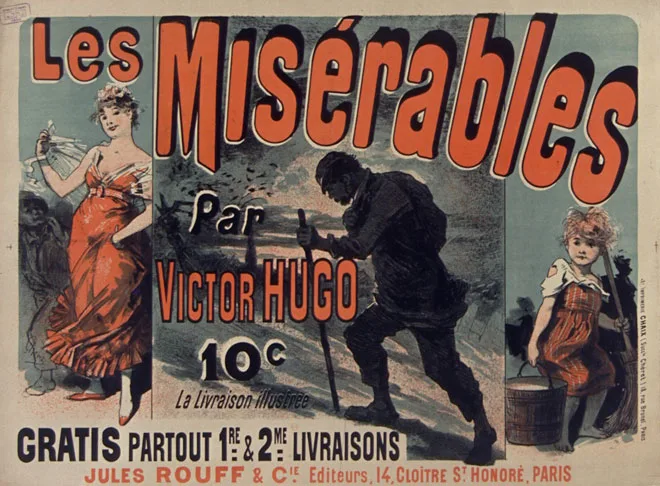
The Jacob House and Cigalou Park
Over the years, this remarkable estate has changed hands, witnessed transformations, and become a cherished public space.
It all began in 1893 when Alfred Courmes inherited the park from his parents. At that time, the property consisted of uncultivated land dotted with a few olive and pine trees. Located in the La Blèque district, it had multiple owners, including Monsieur Audibert from Bormes and Monsieur Félix Bremond from Le Lavandou. Alfred Courmes took steps to expand the estate in 1908, and in the following year, he acquired an additional plot from the commune in the Saint-Esprit district.
As the years passed, the ownership of the park changed hands. Madame Goulin, a Parisian lyric artist, became its owner, followed by Madame Augustine Bérengier and her son Louis Chenus. In 1925, the Cauvet couple purchased a portion of the property that was previously owned by the Bérengier-Chenus couple. This area is now occupied by the “Maison du Club de l’Amitié.” Further additions to the park came in 1928 when Madame Germaine Delafon-Jacob and her daughter Madeleine Saupique acquired a section belonging to Madame Goulin. Their expansion continued in 1940 when they purchased another parcel from Mr. Ernest Cauvet, a former public works contractor.
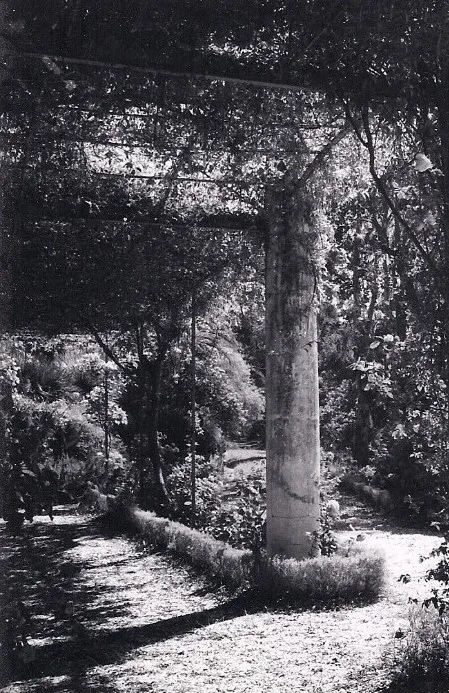
Madame Germaine Delafon-Jacob and her daughter Madeleine Saupique were heirs to the renowned Jacob Delafon sanitaryware company. Seeking a place where Germaine could improve her health, her husband, Eugène, acquired the Cigalou property. Germaine took great delight in planting numerous exotic trees in the park, contributing to her overall well-being. The house became a cherished residence for Germaine, Eugène, their daughter Madeleine Saupique, their granddaughters, and their household staff. After the tumultuous years of the Second World War, the property underwent a transformation. It was converted into a hotel known as the Hôtel du Cigalou, boasting its own stunning park. However, in 1979, the commune decided to preserve the park’s beauty for the public and purchased both the park and the house. Since then, the park has become adelightful space accessible to all, hosting various events such as Mimosalia, an exhibition showcasing rare plants, as well as enchanting concerts during the vibrant summer season.
Jules Emile Eugène Jacob, an industrialist and the mayor of Damparis, passed away in 1941, leaving behind a legacy intertwined with the history of the Cigalou estate. Germaine Delafon, the tenacious and delicate soul who sought solace and healing within the estate, departed in 1980. The Jacob family, descendants of Madame Jacob, continue to call Bormes les Mimosas their home, keeping the spirit of their family’s connection to this special place alive.
The story of the Cigalou House and Park is one of enchantment, perseverance, and the enduring beauty of nature. Today, as you stroll through its captivating grounds, you become part of its rich tapestry, immersed in the legacy of those who once called it home.

To experience the full splendor of the Chemin des Sages and delve deeper into the fascinating stories that unfold along this path, we invite you to explore the Baludik app.
Scan the QR code and embark on an interactive journey filled with games, surprises, and a deeper connection to the rich heritage of Bormes.


